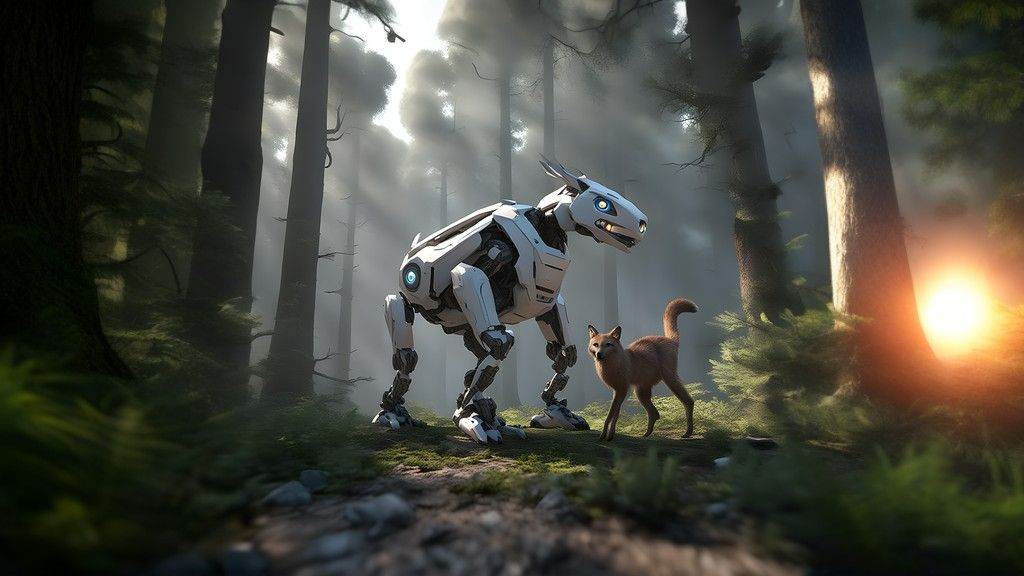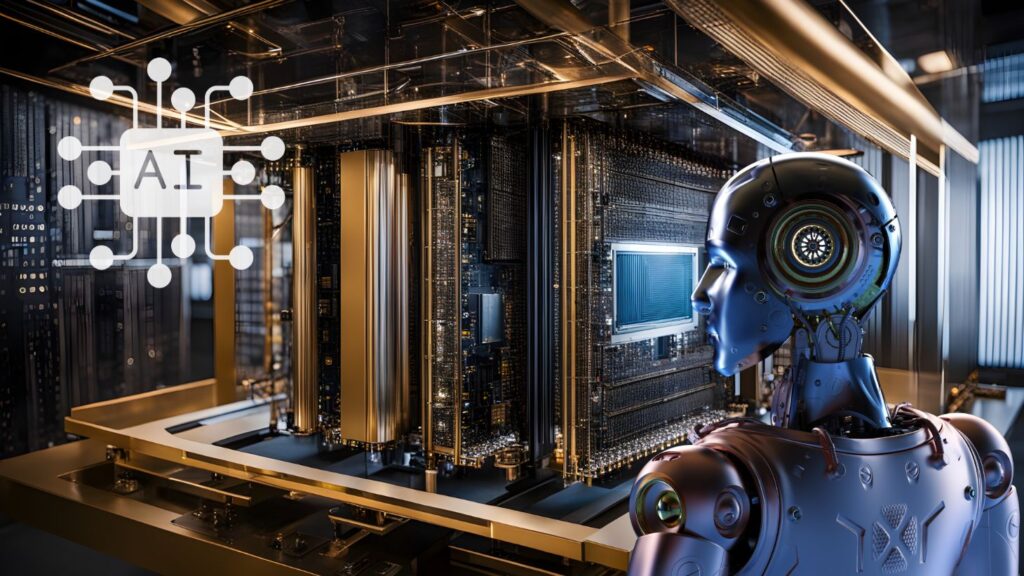New technology powered by artificial intelligence is poised to provide insights into the communication between animals and humans. The New Caledonian Crow, one of the only birds known to manufacture tools, has been studied for its ingenuity and the possibility of passing toolmaking techniques on to offspring. Experiments have shown that different crow groups around the island have distinct vocalizations, which could help explain cultural differences in toolmaking among the groups.
Aza Raskin, founder of the nonprofit Earth Species Project, believes that machine learning may soon make it possible to decipher things like crow calls. The project is collecting data from various species and building machine-learning models to analyze them. Other groups, such as the Project Cetacean Translation Initiative (CETI), are focusing on trying to understand a particular species, such as the sperm whale.
Decoding animal vocalizations could aid conservation and welfare efforts and have a startling impact on us. The power of AI to reshape our understanding of animals will have a similar effect to the invention of the telescope. As sensors have gotten cheaper and technologies such as hydrophones, biologgers, and drones have improved, the amount of animal data has exploded. AI thrives on vast quantities of information, and large language models like ChatGPT can now automatically learn what’s essential and independently create an algorithm for predicting word sequences.
In 2020, natural-language processing began to treat everything as a language, with AI systems like DALL-E 2 generating realistic images based on verbal descriptions. This breakthrough could lead to the translation of animal communication into other languages. Machine-learning models can help researchers understand animal communication by analyzing actions made before, during, or after uttering sounds. These behaviors can provide context for understanding what an animal is trying to convey. Merlin, a free app from the Cornell Lab of Ornithology, can identify bird species with remarkable accuracy by converting user recordings into spectrograms. However, isolating and recognizing individual speakers is a challenge in processing animal vocalizations. The Earth Species Project has developed a neural network that can separate overlapping animal sounds into individual tracks and filter background noise. This tool can also detect and classify patterns in datasets.
Translating animal sounds could help imperiled species, such as the Hawaiian Crow, which went extinct in the early 2000s. Researchers are now collaborating with the Earth Species Project to study the Hawaiian Crow’s vocabulary and determine if their repertoire has changed in captivity. Machine-learning models could also help us understand our pets, as they often use multimodal signals. Con Slobodchikoff, author of Chasing Doctor Dolittle: Learning the Language of Animals, has developed an AI model aimed at translating a dog’s facial expressions and barks for its owner.
Farmed animals could also benefit from such depth of understanding, as Elodie F. Briefer has shown that it is possible to assess animals’ emotional states based on their vocalizations. A better grasp of how animals experience feelings could spur efforts to improve their welfare.
Language models are capable of finding patterns but cannot decipher meaning, making them difficult to validate. Benjamin Hoffman, who developed Merlin, says that the biggest challenge scientists face is figuring out how to learn from what these models discover. The choices made on the machine-learning side affect what kinds of scientific questions we can ask. Daniela Rus, director of the Massachusetts Institute of Technology Computer Science and Artificial Intelligence Laboratory, is eager to explore the new possibilities for studying animal communication that machine learning has opened up. She previously designed remote-controlled robots to collect data for whale-behavior research in collaboration with biologist Roger Payne.
AI models can now mimic human speech, making it easier for researchers to infer the meaning of animal vocalizations. The Earth Species Project is developing AI models that emulate a variety of species, with the aim of having “conversations” with animals. In collaboration with outside biologists, the Earth Species Project plans to test playback experiments, playing an artificially generated call to Zebra Finches in a laboratory setting and then observing how the birds respond.
However, the prospect of this achievement raises ethical concerns. Karen Bakker, a digital innovations researcher, explains that there may be unintended ramifications, such as commercial industries using AI for precision fishing, poachers using AI to locate endangered animals, and synthetic songs infecting the world’s population with unknown social consequences.
Project CETI aims to design a “whale chatbot” by replicating sperm whales’ clicks and whistles, but it also requires us to imagine an animal’s experience. Despite physical differences, humans share many basic forms of communication with other animals, such as interactions between parents and offspring. Animal utterances can be incredibly similar, with cries of mammalian infants and vocal expression in different species developing similarly. Skeptics worry that treating animal communication as language may distort its meaning. However, Raskin believes that we will discover some basis for communication in common experiences, as creatures like whales have been vocalizing for tens of millions of years. Real translation may require not just new tools but the ability to see past our own biases and expectations. For example, George Happ and Christy Yuncker, retired scientists who shared their pond in Alaska with a pair of wild Sandhill Cranes, confirmed that they had seen the birds react to death. They believe that the true value of any language is that it helps us relate to others and frees us from the confines of our own minds.



